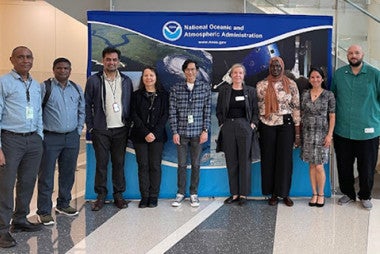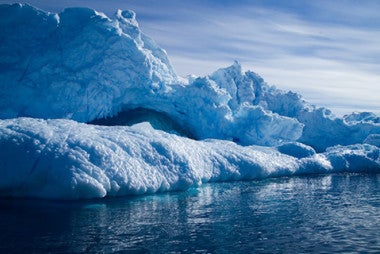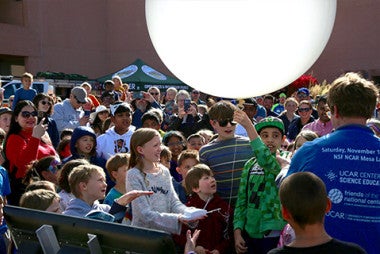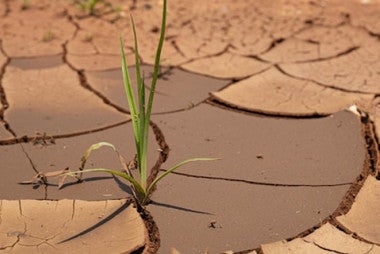NCAR | UCP Postdoc Research Reviews
CPAESS is proud to manage two groundbreaking postdoctoral fellowship programs, the NOAA Climate and Global Change Fellowship and the NASA Jack Eddy Heliophysics Fellowship. Both are creating tremendous leaders in their respective fields. One of the challenges we have had with our fellows is figuring ways out to integrate them more effectively into the NCAR | UCAR community as they are distributed across the United States at various universities and institutions.
To help remedy this difficulty CPAESS began working with NCAR’s Advanced Study Program (ASP), who also manage their own fellowship. CPAESS fellows have joined ASP fellows on various types of career development training including research review presentations. The purpose of these reviews is to create space for a scientific discussion and exchange on the content of the research, the manner in which the research was presented, provide collaborative support, and help fellows develop their scientific communication skills.

NASA Jack Eddy Fellows Lindsay Goodwin and Murong Qin.
The research reviews are managed by the NCAR Postdoc Research Review Committee. During the review, each fellow is given fifteen minutes to speak and fifteen minutes for a question and answer session. Feedback is given through a Google form on the talk’s content, research questions and challenges, as well as communication style and ideas for improvement.
This type of career enhancing exercise is critical for all researchers. Scientists are learning more and more the value of solid communication skills particularly as it pertains to the details of their research and why it is relevant to society. Two of our fellows participated in this research review process so far this year. Both Lindsay Goodwin and Murong Qin are NASA Jack Eddy postdocs who participated in this activity with NCAR’s ASP.
Lindsay is studying under Dr. Gareth Perry at the New Jersey Institute of Technology. When asked about the research she presented on, she explained. “In this research, plasma structures in the upper atmosphere are linked to what creates them. This is done by using powerful instruments called incoherent scatter radars, which probe the upper atmosphere at a high-resolution, and by characterizing the size of plasma structures at different times and under different geophysical and solar conditions. Using basic assumptions based on plasma physics, a novel technique is developed to increase the resolution of these instruments beyond what has been previously possible with incoherent scatter radars. One big finding from this research is that plasma structures that are generated by the sun through the process of photoionization ‘dominate’ structuring, leading to structures developed through other processes (such as precipitation and motion) being best viewed in dusk to dawn regions of the upper atmosphere.”
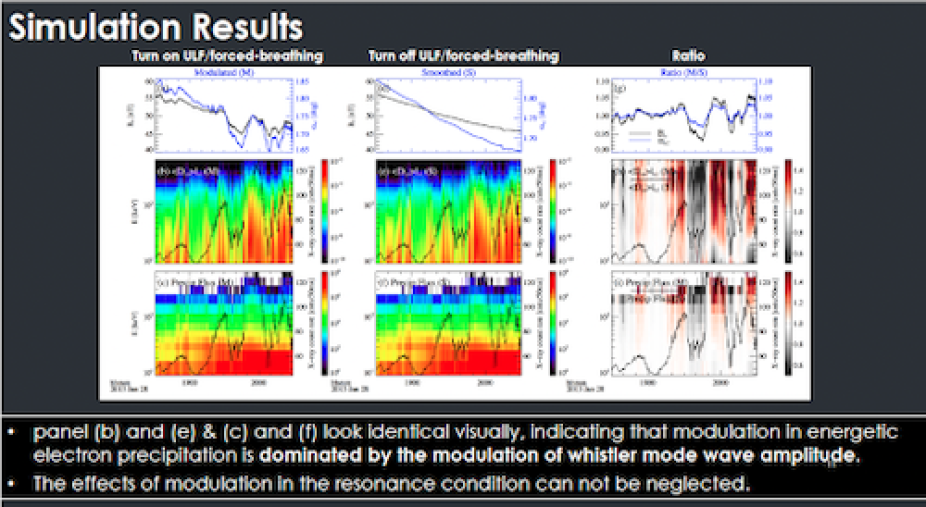
A slide from Murong’s NCAR | UCP Research Review presentation.
Similarly Murong who is studying with Dr. Wen Li at Boston University summarized her research like this. “The Earth's magnetosphere is a region that contains energetic electrons ranging from eV to MeV energies. These populations can either be enhanced or depleted by various processes. One of the most important loss mechanisms is pitch angle scattering into the atmospheric loss cones by various plasma waves. Global oscillations of the magnetosphere that are caused by either internal sources or upstream solar wind sources are often reported to be associated with modulations of the energetic electron precipitation. However, the role of the global oscillations of magnetic field in modulating energetic electron precipitation remains controversial. In this study, we perform an in-depth event study to evaluate the role of global oscillations of magnetic field and plasma waves in modulating energetic electron precipitation in the Earth’s magnetosphere. We show that the modulation in energetic electron precipitation is dominated by the modulation of whistler mode wave amplitude. However, the effects of modulation in the resonance condition can not be neglected. The modulation in the loss cone size has a much smaller effect on the electron precipitation modulation."
While heliophysics may not be a strength for all of us, having brilliant minds like Murong and Lindsay’s understand and explore this field serves us all. CPAESS is delighted that these two were able to meet and share their research with their colleagues in NCAR.
If you are currently a postdoctoral student at CPAESS thinking “I would like to do this,” please contact CPAESS Deputy Director Cindy Bruyère and she will make sure you are part of this career building effort.


